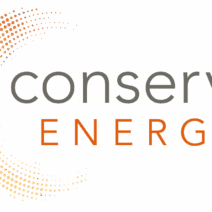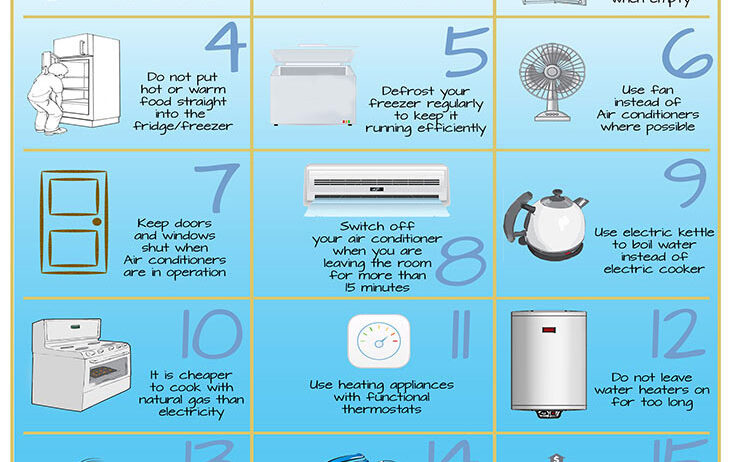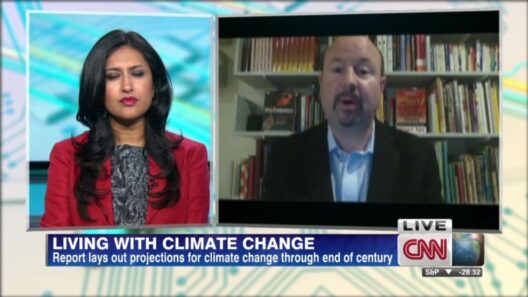In an age marked by climate change and escalating energy demands, energy conservation has emerged not merely as an option but as a necessity. Implementing energy-saving practices within our homes and broader communities can significantly mitigate environmental consequences, while simultaneously reducing utility bills. Here, we present practical tips that can be integrated seamlessly into daily life, empowering individuals and families to make a meaningful impact.
Understanding Energy Consumption
Before embarking on the journey of energy conservation, it’s essential to comprehend how energy consumption occurs in a typical household. Major components include heating and cooling systems, appliances, lighting, and water heating. Recognizing these elements allows for targeted strategies that can yield substantial savings.
Heating and Cooling Efficiency
The most substantial portion of energy usage in homes often revolves around heating and cooling systems. Inefficient heating and cooling not only strain financial resources but also contribute significantly to greenhouse gas emissions.
1. Optimize Your HVAC System
Regular maintenance of heating, ventilation, and air conditioning (HVAC) systems ensures they operate at optimal efficiency. This includes changing filters every three months, sealing duct leaks, and scheduling professional inspections at least once a year.
2. Programmable Thermostats
Consider investing in a programmable thermostat. This device enables homeowners to set temperatures automatically, tailored to their schedules. Reducing heating and cooling during peak hours, particularly when homes are unoccupied, can lead to notable energy savings.
3. Insulation and Air Sealing
Quality insulation acts as a barrier against energy loss, keeping homes warm in winter and cool in summer. Inspecting and enhancing insulation in attics, basements, and crawlspaces significantly reduces reliance on heating and cooling systems. Additionally, sealing drafts around windows and doors can prevent air leaks that waste energy.
Conscientious Appliance Use
Household appliances play a pivotal role in energy consumption. Emphasizing energy-efficient models can lead to lower electricity bills and diminished environmental footprints.
1. Energy Star Appliances
When purchasing new appliances, look for the Energy Star label. This certification indicates that the product meets strict energy efficiency guidelines set by the U.S. Environmental Protection Agency. Though these appliances may have a higher upfront cost, the long-term savings in energy bills can be substantial.
2. Unplug Unused Electronics
Many electronic devices continue to consume energy even when turned off, a phenomenon known as phantom load. To combat this, unplug devices such as chargers, gaming consoles, and televisions when not in use, or utilize power strips to easily disconnect multiple items simultaneously.
3. Innovative Cooking Techniques
Cooking can also be an energy-intensive endeavor. Utilize energy-efficient cooking methods such as pressure cooking or microwaving, which use significantly less energy compared to traditional ovens. Additionally, always match pot sizes to burner sizes; using a small pot on a large burner wastes unnecessary energy.
Illuminating the Path to Conservation
Lighting constitutes another critical area of energy consumption within homes. Transitioning to energy-efficient lighting can drastically lower electricity usage and enhance overall efficiency.
1. LED Bulbs
Replace incandescent bulbs with LED (Light Emitting Diode) bulbs. These consume a fraction of the energy and have a much longer lifespan than traditional bulbs. Though the initial investment may be higher, the long-term savings and environmental benefits are undeniable.
2. Natural Light Utilization
Maximize the use of natural lighting by opening curtains and blinds during the day. This reduces the need for artificial lighting and contributes to an inviting ambiance. Additionally, strategically placing mirrors can help reflect light and brighten up darker spaces.
3. Smart Lighting Solutions
Consider integrating smart lighting systems that allow for remote control and automation. By programming lights to turn off when rooms are unoccupied, unnecessary energy use can be curtailed.
Water Heating Wisdom
Water heating can account for a considerable portion of a home’s energy usage. By being mindful of how hot water is used, individuals can further enhance energy savings.
1. Use Low-Flow Fixtures
Installing low-flow showerheads and faucets can significantly decrease water usage without sacrificing performance. This approach not only conserves water but also reduces the energy required to heat that water.
2. Adjust Water Heater Settings
Setting water heaters to 120 degrees Fahrenheit is usually sufficient for domestic use. This simple adjustment prevents excessive energy consumption and prolongs the life of the water heater.
3. Consider Solar Water Heating
For those looking to take energy conservation a step further, exploring solar water heating options can be a game-changer. These systems utilize the sun’s energy, substantially reducing reliance on traditional energy sources and lowering utility bills.
Community Engagement and Sustainable Practices
While individual actions are powerful, community efforts amplify the impact of energy conservation initiatives. Engaging in local sustainability programs, advocating for renewable energy, or even participating in community gardens can foster a culture of environmental responsibility.
1. Local Energy Audits
Encourage your community to participate in energy audits. These assessments can identify areas for improvement in energy efficiency within homes and public buildings, leading to cost savings and reduced environmental impact.
2. Renewable Energy Sources
Explore community options for renewable energy programs. Many regions offer incentives for solar and wind energy installations, which not only benefit individual households but also contribute to a cleaner, more sustainable energy grid.
Ultimately, energy conservation is a journey that begins at home but can extend far beyond individual actions. By adopting energy-saving habits and encouraging community involvement, we can collectively contribute to a more sustainable future, ensuring that resources remain available for generations to come.






